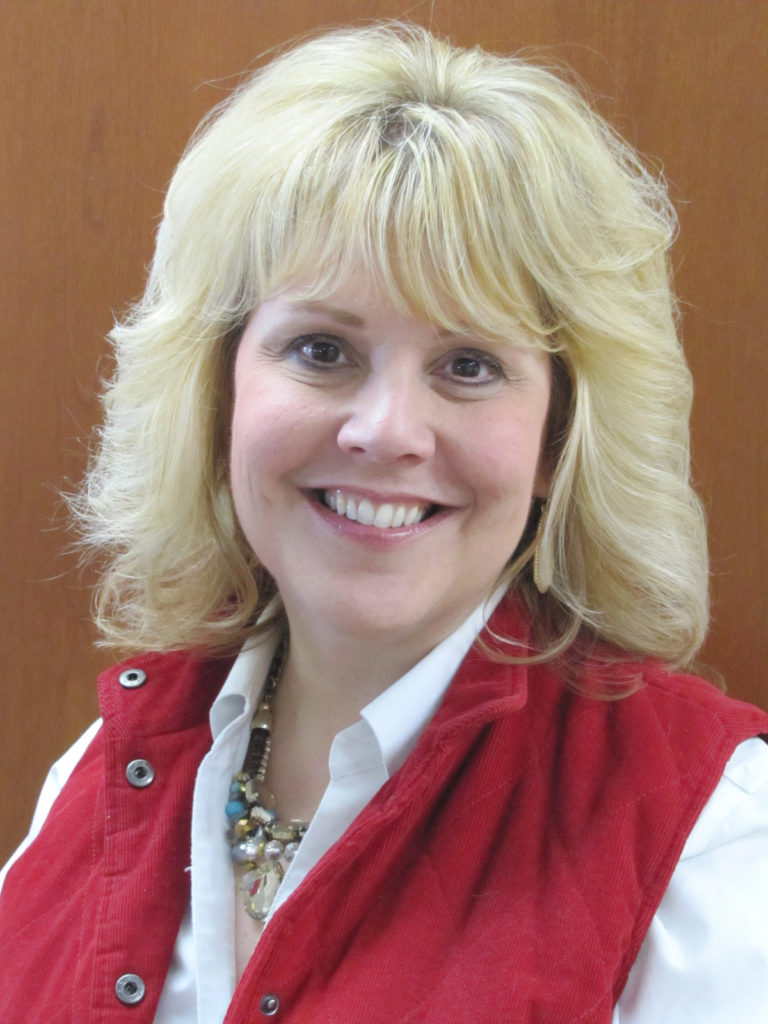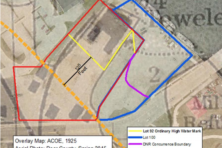Commentary: DNR Putting Science to Work in Kewaunee County Issues
- Share
- Tweet
- Pin
- Share

DNR Secretary Cathy Stepp
by Cathy Stepp, DNR Secretary
The Wisconsin Department of Natural Resources has been working for more than a year with multiple stakeholder groups to address water quality issues in and around Kewaunee County. That work is not over but based on our discussions so far, we have been able to take action on several fronts.
The department believes in making decisions and finding solutions based on sound science and so we commissioned scientific research to gather data about the quality of wells in Kewaunee County. The two-year study of 323 private wells in in the county – conducted by independent researchers led by the University of Wisconsin-Oshkosh Department of Geology and the United States Department of Agriculture’s Research Service – is intended to provide a more precise estimate of the county-wide well status and ensure wells of different depths are equally represented. It will give DNR and other agencies scientific data on which to base their action plans moving forward.
Preliminary data from the research shows that the nitrate levels in those tested Kewaunee County wells is consistent with statewide averages in agricultural areas and areas without sewers. Five wells did test positive for e-coli. Of course, all that is of little comfort if you are one of the individuals whose well may be tainted but there may be some assistance we can provide. If you haven’t already received assistance, and have a well that tested positive for e-coli, we encourage you to contact the DNR by emailing us at [email protected].
In collaboration with the U.S. Environmental Protection Agency and Kewaunee County officials, DNR facilitated the formation of four work groups – comprised of state, federal and local representatives – to make recommendations on various aspects of water quality issues. We have worked side-by-side with numerous agencies and environmental groups, including the EPA.
The efforts of the many groups and individuals involved in this endeavor are beginning to pay dividends. For example, the DNR in recent weeks has:
- Initiated the hiring of an environmental enforcement specialist that will focus on water quality issues in Kewaunee and adjoining counties.
- Redeployed resources to allow us to hire three vacant staff positions to handle the permitting of Concentrated Animal Feeding Operations (CAFOs).
- Met with livestock owners in Kewaunee County to review the work group recommendations and solicit their buy-in on best management practices going forward.
- Established a management and staff infrastructure to coordinate our review and implementation of not only the work group recommendations but other potential solutions that were identified.
- Planned a more robust approach to the auditing of manure spreading to help ensure that approved nutrient management plans are properly implemented.
In the coming weeks and months the DNR will be reviewing the recommendations of the work groups to develop appropriate plans for implementation, including administrative rule revisions if necessary. Once the review is complete and implementation steps have been developed, we will hold a public informational meeting in Kewaunee County.
Again, the work is not over, we will continue to work directly with the stakeholders of Kewaunee and adjacent counties on the continued development of ideas and recommendations for additional best management practices.
Public education is an important part of this process and we will be focusing on our educational and outreach efforts to equip consumers with the best possible information about their wells and overall drinking water quality. You can find a wealth of information about wells, well testing and water quality on a new DNR website page at dnr.wi.gov/topic/DrinkingWater/Quality.html.
The public should also know we will continue to use the full extent of our authority to pursue violations that may happen on the ground.
I am optimistic that with the better scientific data in which we have invested – and with the cooperation of the EPA, the Natural Resources Board, the Department of Agriculture, Trade and Consumer Protection, the University of Wisconsin-Extension and others – we will now be able to move forward with data-driven information for policy makers to rely upon. Sound science takes some time, but this administration has invested the resources to actually seek to solve the problem with ground water quality in this region.
Our intention and desire is that the DNR – along with other agencies and stakeholder groups – can continue to work and coordinate together as we address water quality issues not only in and around Kewaunee County, but across the entire state. That’s our responsibility, and we take it very seriously.
Cathy Stepp is Secretary of the Department of Natural Resources. More information about the work groups is available on the DNR website, dnr.wi.gov. Search for Groundwater Collaboration Work Group.



